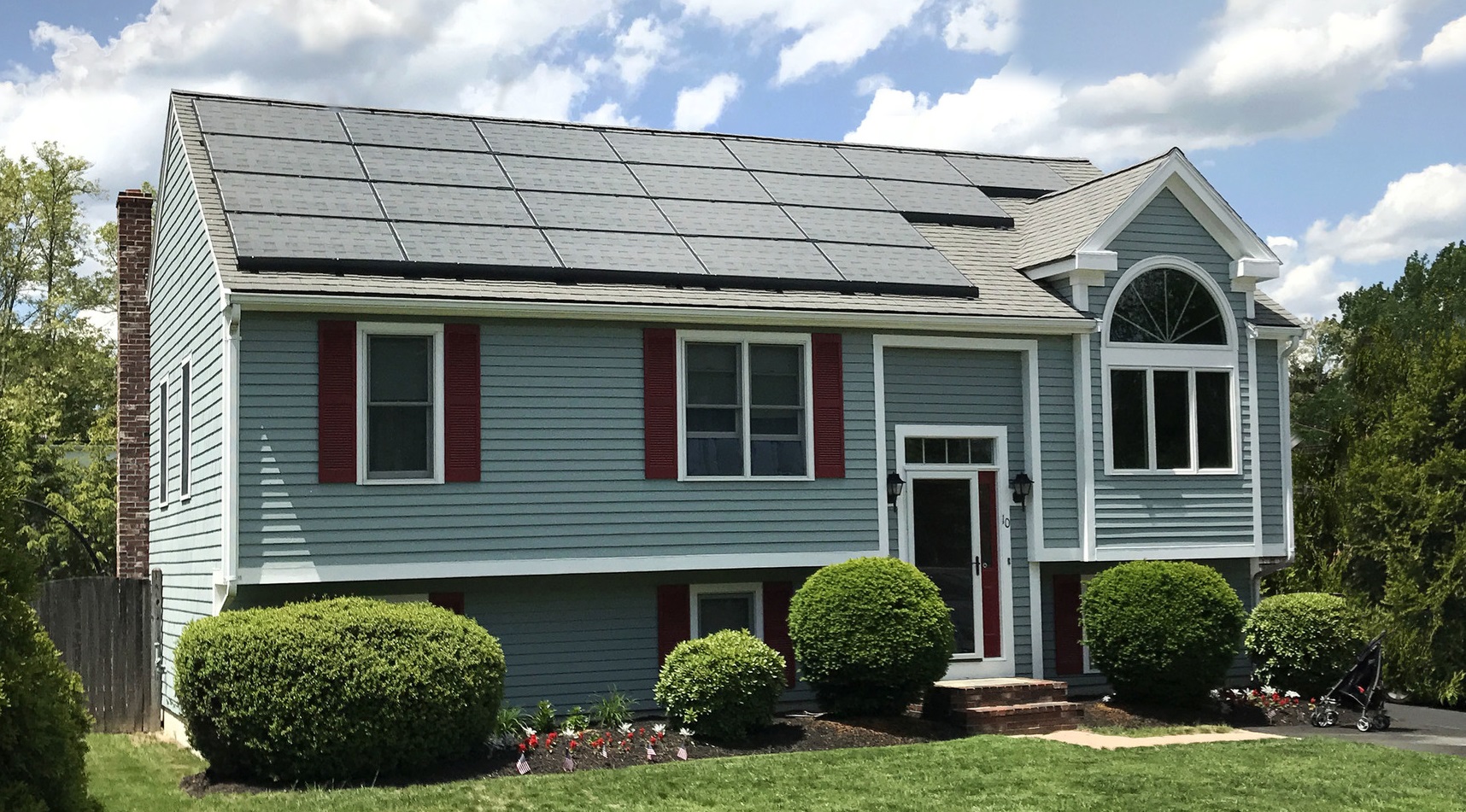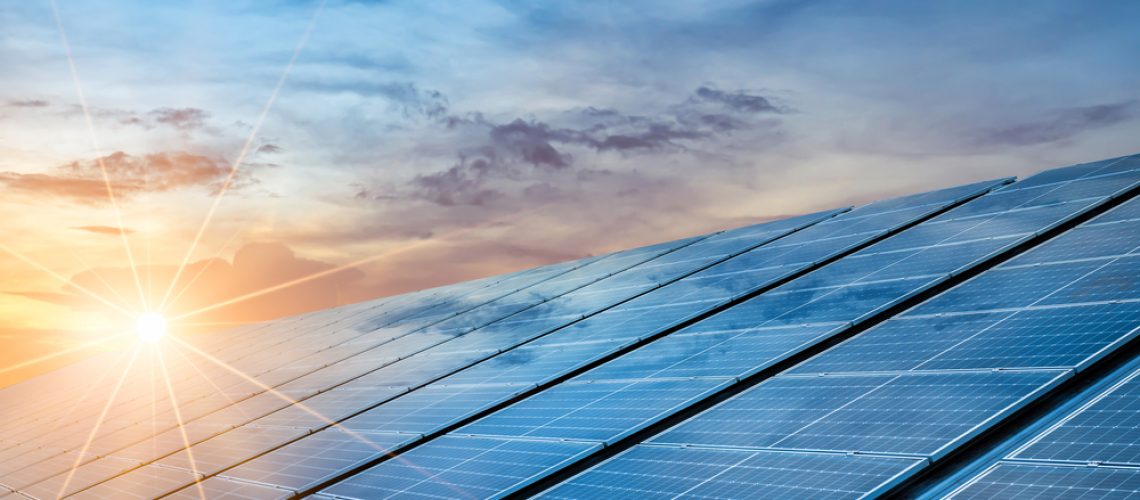pv magazine USA spotlights news stories of the past week including market trends, project updates, policy changes and more.
Clean energy investment and green jobs: Since passage of the IRA, over $240 billion has been invested in clean energy manufacturing and infrastructure projects. This includes over $86 billion invested in nearly 300 new solar, wind and battery energy storage projects, according to a recent report from Intersolar North America and Energy Storage North America. In addition, over 170,000 direct jobs have been created since IRA and the Intersolar report forecasts as many as 1.5 million new jobs in clean energy can be expected by 2030.
Battery prices tumble: From July 2023 through summer 2024, battery cell pricing is expected to plummet by over 60% due to a surge in EV adoption and grid expansion in China and the U.S. Driven by these price declines, grid-tied energy storage deployment has seen robust growth over the past decade, a trend that is expected to continue into 2024. The U.S. is projected to nearly double its deployed battery capacity by adding more than 14 GW of hardware this year alone.
Another California misstep: California missed another opportunity when the California Public Utilities Commission asserting in its proposed decision on the Community Renewable Energy Act that the Net Value Billing Tariff outlined in the Act “conflicts with federal law and does not meet the requirements” of the bill. Coalition for Community Solar Access (CCSA, a national trade association and the bill’s sponsor, said the CPUC missed an opportunity to become a national leader in community solar.

IRS final guidance on elective pay for clean energy tax credits: The IRS issued its final guidance on the elective pay rules for clean energy tax credits created by the Inflation Reduction Act. The guidance removes any temporary regulations and enacts the final rules. The IRS provided updated elective payment frequently asked questions, which includes a step-by-step guide on how to become eligible for direct pay or credit transfers, and how to file these transactions.
New York bill would increase rooftop solar tax credit to $10,000: Senate Bill S3596B aims to increase the maximum state income tax credit for those who install residential solar projects at their residence. Since 2006, New York’s Solar Tax Credit has been capped at $5,000 per household installing solar. The new bill would double that cap to $10,000, allowing customers to offset state income taxes with a credit. For eligible low- to moderate-income residents, the tax credit would also be available to be collected as a tax refund.

Massachusetts expands net metering: Bucking the national trend of squashing net energy metering, the Commonwealth of Massachusetts instead expanded access, showing a commitment to distributed energy. It used to have an exemption for small systems of 10 kW or less, but this cap is now lifted to 25 kW, and behind the meter systems over 60 kW, and up to 2 MW are now exempt from the cap. The Department of Public Utilities expects to save ratepayers $10 million with the regulatory change.



